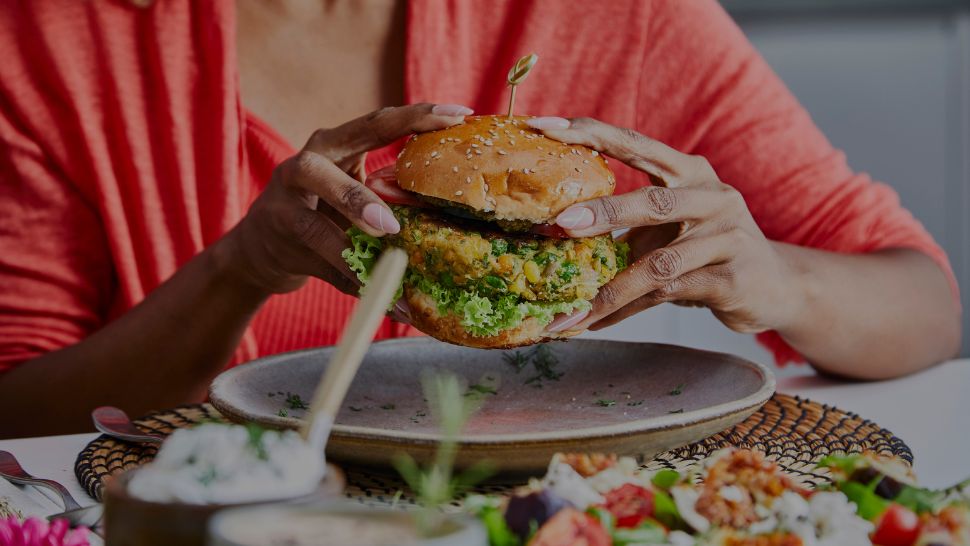
Sustainable eats are stealing the spotlight at the 2024 summer games, with plant-powered meals taking center stage! With a goal of cutting the carbon impact from food and snack sales in half, fruits, vegetables, legumes, and whole grains in addition to local and seasonal foods are being highlighted on menus. During this spectacular athletic event, over 13 million meals are served to all attendees and there’s been an increase in vegetarian meals for athletes and a predominately plant-based menu is available for spectators. The versatility of plants also deserves space on the winner’s podium ― for meeting the nutritional, performance, and cultural needs of the 15,000 athletes participating in the summer games; crafting the food experience and memories for spectators and volunteers; and for their ability to deliver bold flavors with a low carbon footprint.
It is estimated that agriculture and our food supply are responsible for 25 percent of global greenhouse gas emissions with cows and other ruminant animals contributing to half of that. The most effective way to reduce these greenhouse gas emissions and make an individual impact on the climate crisis is to eat less beef. That doesn’t mean saying au revoir (goodbye) to meat all together (unless you choose to), but instead invite yourself to enjoy more fruits, vegetables, whole grains, beans, nuts, and seeds, then focus on animal proteins with a lower carbon footprint ― like chicken, turkey, fish, and seafood.
Stumped on where to start? We’d love for you to re-envision the protein for your beefiest meal staples. Whether you choose to swap 100% of the beef with another protein or reduce the amount of beef in the recipe and replace it with vegetables, small changes add up (so much that we wrote an article on it!) Here are two ideas to get you started.
- Burgers – an American staple. Many people think burgers have to be beef, but they don’t! Add your favorite seasoning to a chicken, turkey, or plant-based burger and you (and your guests) will find there is a tastier alternative to beef. If you don’t want to opt for a different protein, try making sliders or smash burgers. Their smaller size has a lower carbon footprint. Either way, have fun toppings to load onto your re-envisioned burger including interesting sauces and vegetables (hint: you can throw the vegetables on the grill too)! Looking for more inspiration? Check out these chef-approved ways to bring more plants to the grill.
- Tacos – a crowd pleaser. Let’s taco about options besides beef. There’s tinga (chicken or pork), pescado (fish), al pastor (pork), carnitas (pork), refried beans, or any vegetable you’d like to marinate or season, then cook. Choose one or use a combination, like half chicken tinga and half beans as your filling. Then, don’t forget the toppings! Serve with a variety of shredded or pickled vegetables, guacamole, tomatillo salsa verde or pico de gallo, and a sprinkle of soft cheese. Try out these tofu chipotle tacos!
Plant foods are so versatile that you can get creative and have them any way you want them. Customize the flavors; try them grilled, mashed, noodled, or fried; put them on top, on the side, or blended in― the possibilities are endless! Don’t just be a spectator, open your eyes to new food experiences and help to build a more sustainable future. If the world-class athletes can do it, you can too!